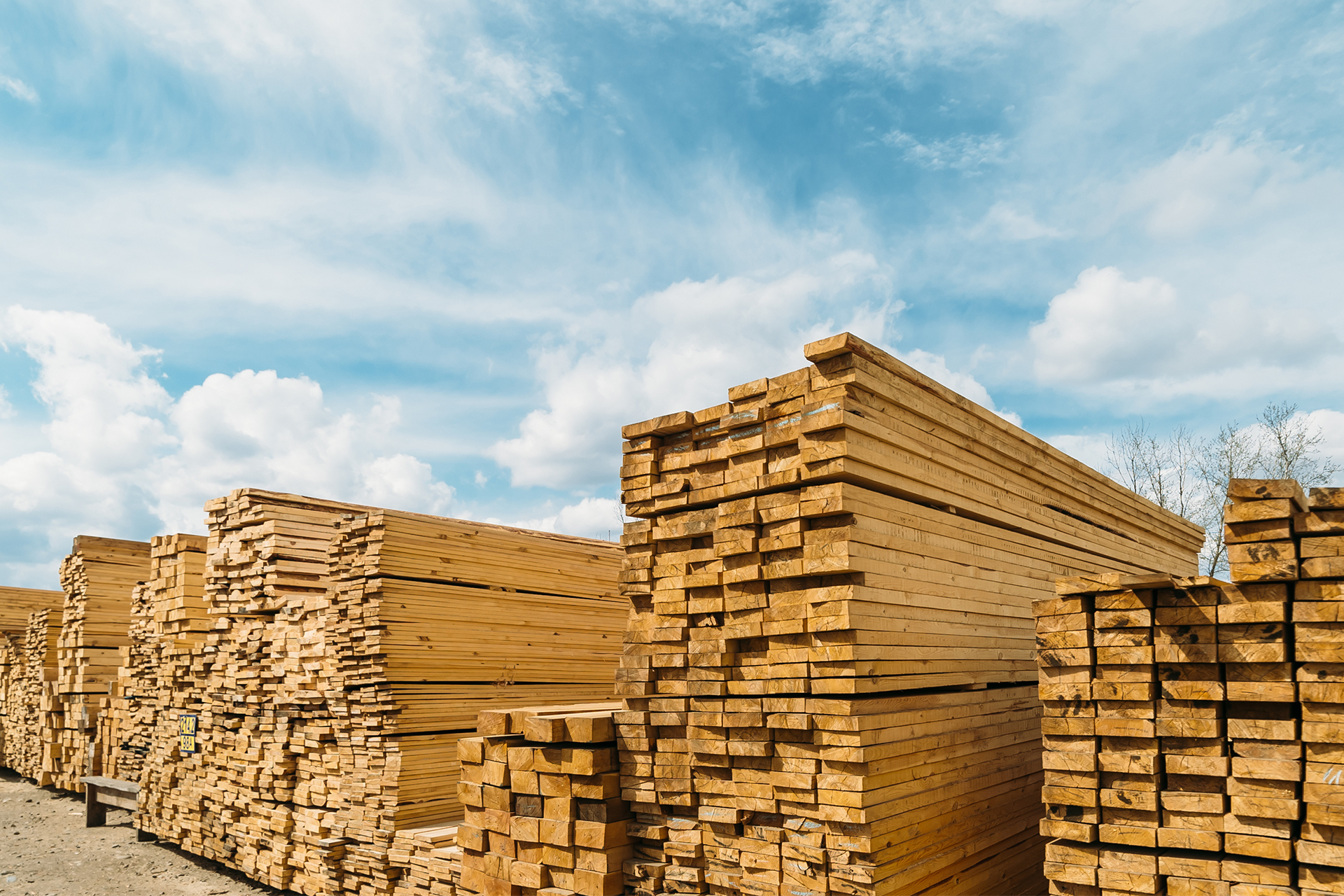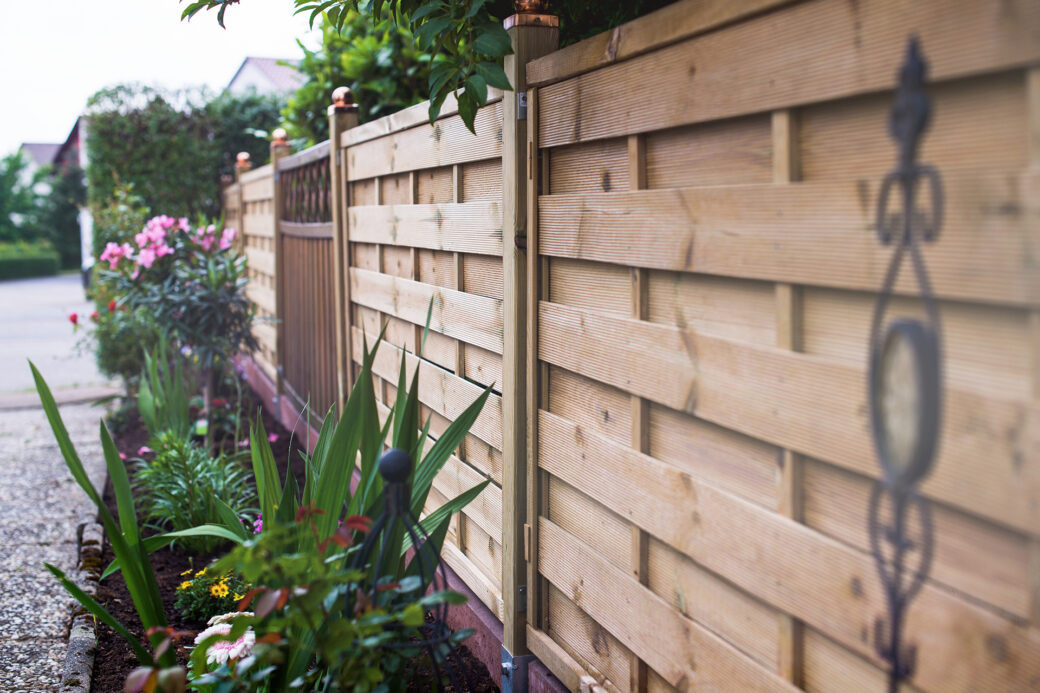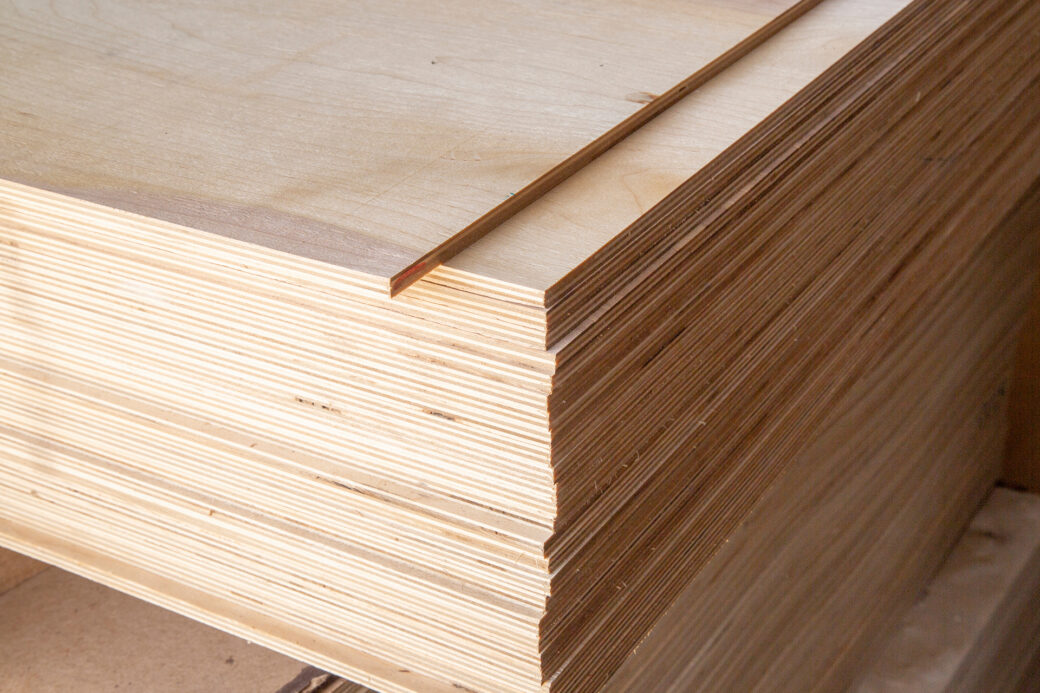The British weather is unpredictable, to say the least, and any wooden structure exposed to the elements is at risk of wear, tear, and serious damage. Rot and insect infestation are also common in agricultural buildings, but even your garden gate can be broken beyond repair if you aren’t careful with your choice of material.
So, how do you prevent, or at least reduce these everyday issues? Tanalised wood could well be the answer. From fences to sheds, large constructions, and everything in between, there are multiple benefits of using tanalised wood.
In this guide, we’ll define what tanalised wood is, explain the process of tanalising wood, and answer some key questions about the treatment. By the end of it, you’ll be armed with the knowledge to weather-proof and future-proof your weather-exposed structures.
What is tanalised timber?
Tanalised timber is wood that’s been treated with a chemical mixture to make it more robust. This chemical mixture is called Tanalith® E, which is a copper and organic biocide.
Used for everyday construction as well as larger construction purposes, Tanalith® E is BPR (Biocidal Products Regulation) authorised. This means that it passes all necessary environmental, human, and animal health standards.
Choosing the right type of tanalised timber
To those less acquainted with tanalised timber, you will be pleased to know that you can select treated timber on the basis of how well it protects against the elements and various creepy crawlies.
Generally, these qualities are measured by use class, a grading system that indicates the level of treatment a piece of timber has undergone as well as its recommended use.
For example, Class 3 or U3C timber offers moderate protection against the outdoor environment, and UC4 timber provides an even greater level of protection, making it ideal for garden use where it may come into contact with the ground or fresh water.
What is pressure-treated wood?
The term ‘pressure-treated’ is often used for this tanalised wood, but they both describe the same process. This is the introduction of chemicals using high-pressure methods, so they can be absorbed effectively and strengthen the wood they’re being used to treat.
The tanalising process
The process for tanalising wood, and any wood for that matter, is achieved in five steps.
- First, the wood is placed in a large, vacuum-sealed cylinder.
- Next, it’s flooded with the preservative, which because of the vacuum, is absorbed deeply into the cells of the wood.
- A set amount of hydraulic pressure is then used to force the preservative as far into the wood as possible.
- The residual preservative is then pumped back into storage and another vacuum process extracts any excess from the wood.
- Finally, the treated wood is left to dry and absorb the solution fully. This is also known as fixation.
It’s not the most complex process, but it’s extremely effective and helps you sustain your wooden structures, no matter the weather.
What can I use tanalised timber for?
Tanalised wood is generally sturdier, more durable, and longer lasting than untreated alternatives. Because of these reasons, there are lots of applications for it, from small-scale DIY projects to significant engineering feats.
For example, agricultural buildings are a popular use of tanalised wood due to its weather resistance and proven ability to prevent fungal and insect damage. These factors are favourable for farmers storing hay and other consumable products that are prone to infestation.
As well as these benefits, pressure-treated wood can be used in contact with ground water and fresh water. This makes it ideal for smaller-scale personal projects like building decking, garden fencing, and other landscaping requirements.
Tanalised timber is also recommended for structural joists due to its strength, which can be used in practically any kind of construction, from sheds to houses, warehouses, and more.
How long does tanalised wood last?
It’s difficult to answer this question as the type of treatment applied will affect the answer. However, pressure-treated wood that’s exposed to the elements will last 30 years without additional paint or staining. Indoor wood should last more than 60 years without any treatments applied.
Of course, this is a rule of thumb and can change depending on the structure’s location. Treated wood placed in a secluded, sheltered area, for example, will last longer than in an open space that sees a lot of rain and wind.
Can I treat tanalised wood?
Generally speaking, it isn’t necessary to treat tanalised wood because it’s purpose-built to last a long time under adverse conditions. Nevertheless, staining your wood down the line will help maintain it even longer, and paint can help enhance the visual appeal of your construction. Both of these treatments can prevent colour fading from the wood, too.
However, be aware that if you do stain your tanalised timber, don’t do it under wet conditions. Wait for at least three rain-free days before applying your stain so the wood has adequate time to dry.
When it comes to painting, you should also wait until the wood has completely dried, which can take months depending on its location. If you touch your wood and it feels dry, pour some water on its surface. If the water beads on top of your wood, it isn’t fully dry yet and you’ll have to wait.
You should always prime your wood before painting it, too, using an exterior primer that’s suitable for pressure-treated wood. Once again, wait until the primer has dried before painting.
How to tell if wood has been treated
The most obvious way of knowing if timber, or any wood, has been treated, is that it’ll have a stamp marking it as ‘treated’.
This can be removed during the cutting process, however, but a green tinge to the colour also indicates freshly treated wood. This green fades over time to more of a golden colour, and eventually, a kind of silvery grey colour will materialise.
Get started with tanalised timber today
At Fall Timber, we’ve provided treated wood to our clients for over 40 years. In this time, we’ve built a reputation for top quality at affordable prices, with unbeatable knowledge about the products we provide.
Explore our range of tanalised timber and find the perfect wood for your project, no matter the size. We offer delivery from Sheffield to Newcastle and Carlisle to York and can help you strengthen your structures whether you’re a farmer, engineer, or homeowner looking to spruce up your property.
Feel free to get in touch with our timber specialists if you have any queries about our treated wood.


